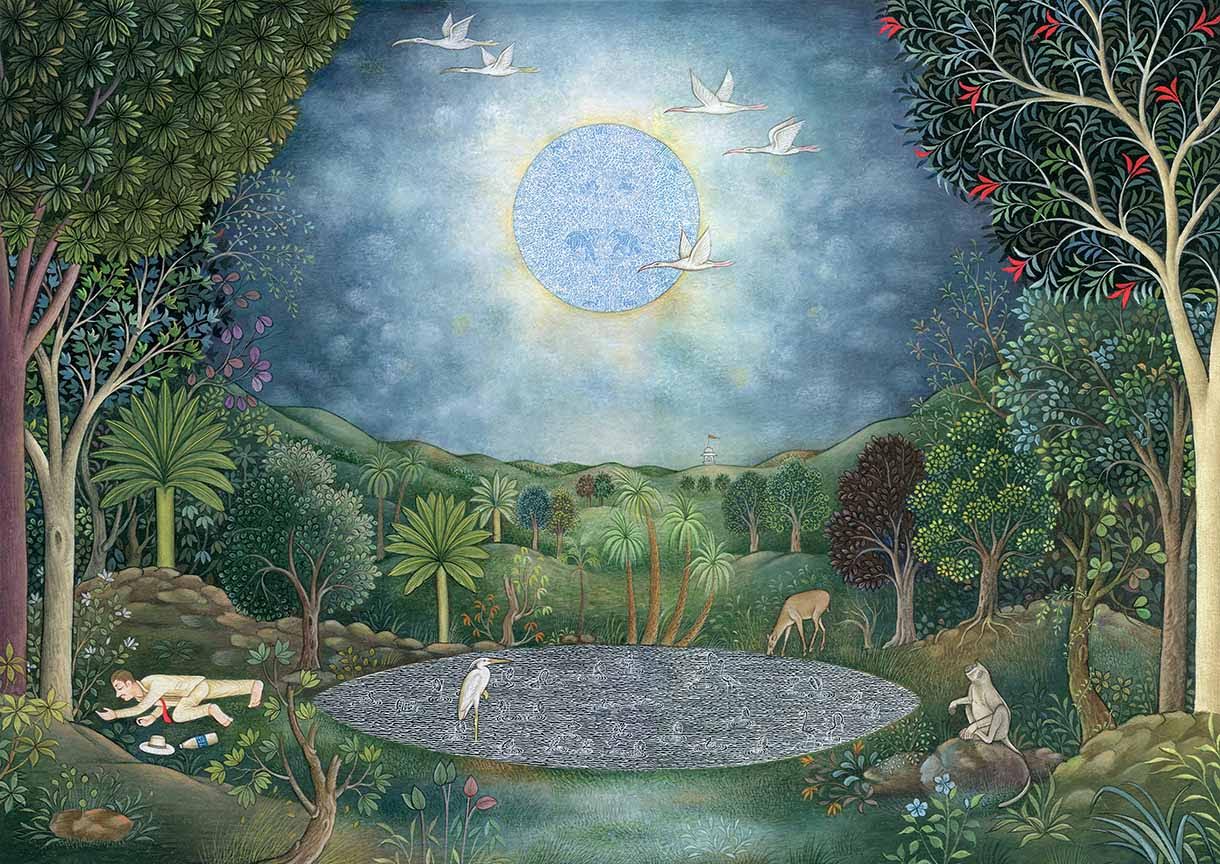The Melbourne-based photographer Tom Blachford has carved a niche for himself with striking nocturnal images of architecture and urban landscapes and interiors. He is particularly drawn to the mid-century modern style, and some of his most well-known work features evocative moonlit images of suburban houses and cars from this era.
Recent projects include his stunning Midnight Moderns series, shot between the hours of 8pm and 4am under the light of the moon. The work includes images of iconic American and Australian buildings such as the Sheats-Goldstein residence in Los Angeles and the Doolittle House in Joshua Tree.
The fourth series of Midnight Moderns is shot entirely in California, and in particular Palm Springs, which has some outstanding examples of mid-century modern architecture. It includes an eerie starlit image of one of Matti Suuronen’s futuristic capsule Futuro Houses.
The yellow elliptical-shaped fibreglass structure is raised off the ground on thin legs and has oval porthole windows around its circumference. Set on rocky outcrop amid the Californian forest under an inky night sky, it is suggestive of an alien craft that has just landed on a mysterious mission from outer space.
A statement released with the images said: “Shot entirely at night, bathed in moonlight, the homes, vintage cars, and foliage appear as they have been captured in another space and time. Recognising the locations may be easy, but it is more difficult to identity when the image was actually taken, be this day or night, in the past, present, or future.”
“California has a unique geography and climate, and this gives rise to a distinct deep blue sky: a hue of moonlight ideal for this approach to architectural photography. The long exposure allows the camera to capture a world just beyond our perception and distil it into a single moment.”
More recently, Blachford has embraced the future with experiments in AI image making. He explains that he has been working with tools such as Mid Journey, Disco Diffusion and Stable Diffusion for the past three years. He describes the current possibilities as a form of sorcery, saying: “It’s a really wild thing to wrap your head around.”
Blachford explains that he enters brief prompts into the generative tools, keeping them to 10 words or fewer, including the medium. Subject, era, and publication. Despite finding some of his own work in the database, Blachford takes a relaxed attitude, explaining that it is not of sufficient quality to be of any concern.
AI certainly offers exciting possibilities for creative image makers, and it has the potential to change how we see the world over the coming years. Blachford acknowledges that there are potential downsides to such a rapid step forward in technology, and is in favour of a pause to help us understand exactly what has been created.
Eventually, Blachford feels that authenticity will be the goal of art, while AI tools will take care of the more time consuming and labour intensive aspects of its production.
If you have some images, whether created by AI or humans, to display, please visit our framing shop in North London.
